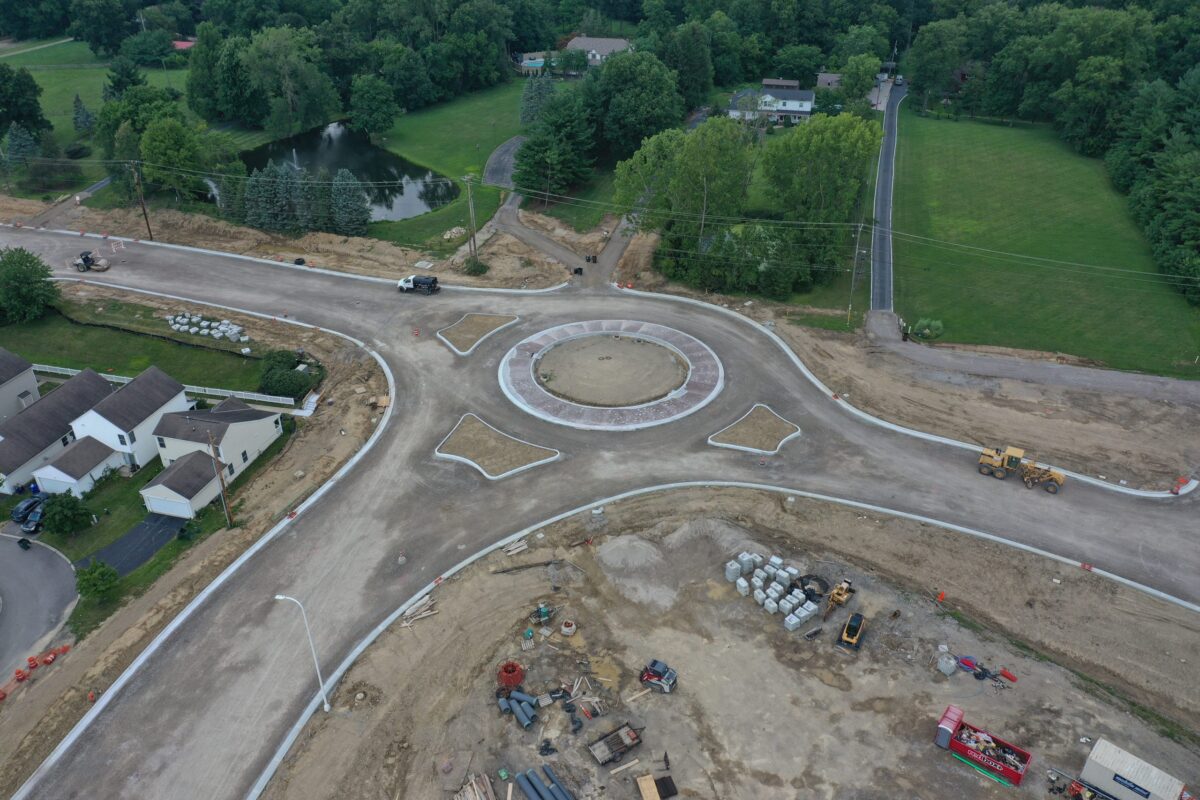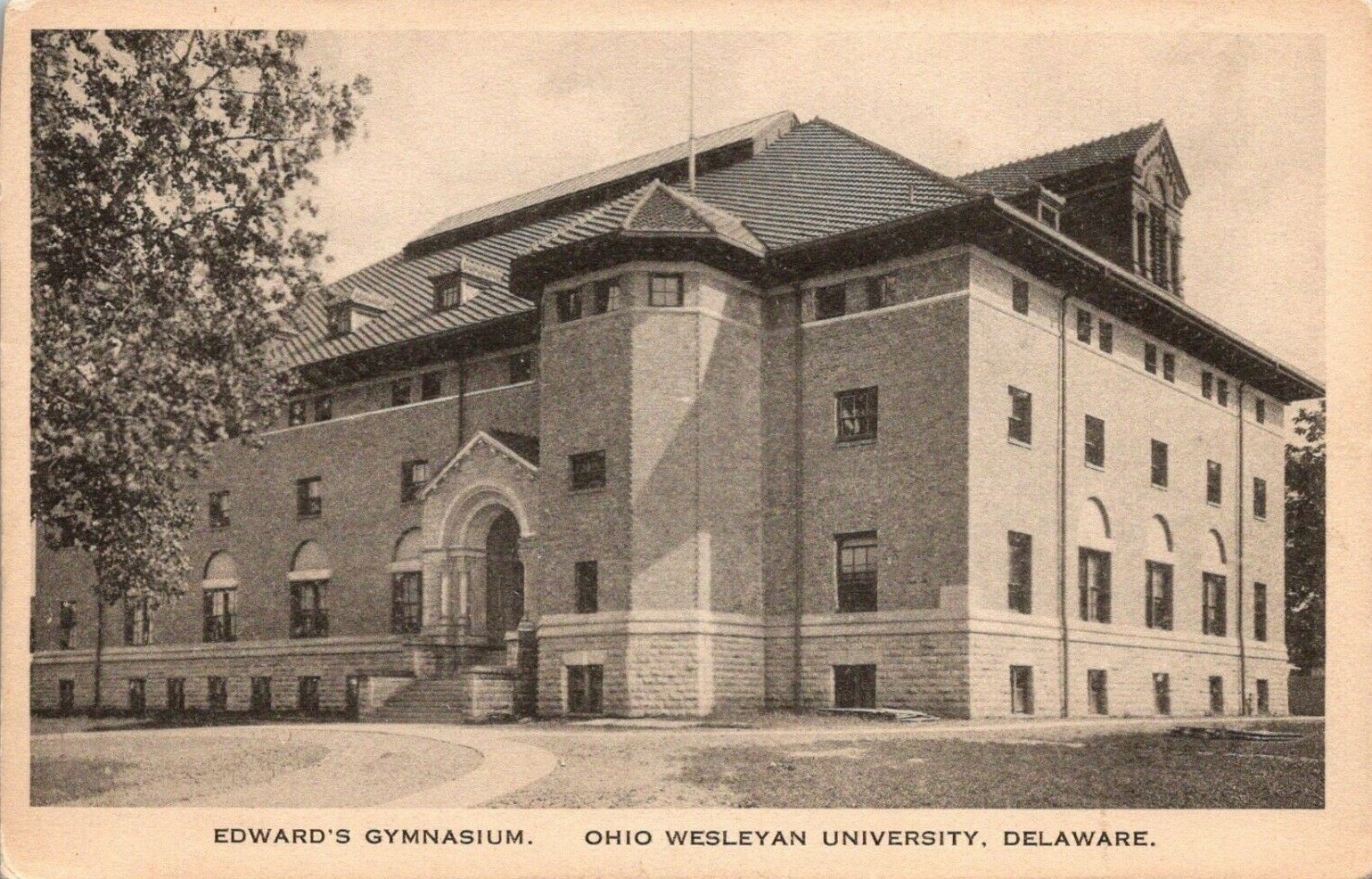In its recently released Air Quality Monitoring End of Season Report for Central Ohio, the Mid-Ohio Regional Planning Commission (MORPC) reported good news in 2018 for Central Ohio residents – especially those with respiratory conditions.
MORPC is part of a network of agencies across the country that issues daily air quality forecasts and notifies the public when air pollution levels are considered to be unhealthy for sensitive groups of people. MORPC monitors for two main air pollutants that are a threat to public health in Central Ohio: ground-level ozone pollution and particle pollution (PM2.5).
“Ozone pollution is more common in the summer and is monitored from March through October. Particle pollution can occur year round. High concentrations of ground-level ozone or particle pollution in the air can affect us all, especially sensitive groups of people. These include children, adults who are active outdoors, and people with heart or lung disease like asthma and older adults.” — MORPC Air Quality Program Coordinator Brooke White
MORPC member community and partner initiatives are key in continuing to improve air quality for Central Ohio. These include the services offered by the Central Ohio Transit Authority (COTA), Delaware Area Transit Agency (DATABus), Smart Columbus, as well as upcoming planned activities that fall under the American Cities Climate Challenge.[widgets_on_pages id=1]
The report provides an analysis of the 2017-2018 season for both ozone and particle pollution. It includes the following:
- The majority of days in Central Ohio were in the Good Air Quality Index (AQI) category. For ozone, 81% of summer days were in the Good AQI category. For PM2.5, 89% of all days were in the Good AQI category.
- Three Unhealthy for Sensitive Groups (USG) AQI days were observed during the year: once in May, and twice in July. The dominant pollutant on all three days was ozone. There were no Unhealthy for Sensitive Groups days for particle pollution.
- Ozone levels improved from 2016-2017 to 2017-2018 with the percentage of days in the Good AQI category increasing from 68% to 81%. Above average precipitation over the past year, especially in the summer months, reduced ozone formation and led to cleaner air quality conditions despite above average temperatures.
- Over the past 26 years, the number of high ozone days has generally declined in central Ohio. Since 2013, central Ohio has experienced less than 10 high ozone days each year, compared to the average of 30 days per year from 1993 to 2018. A similar decline is seen in other major metropolitan areas in the region.
- Similar to the 2016-2017 season, the season’s two highest PM2.5 AQI days were both caused by smoke transport from wildfires outside of Ohio. On July 27 and 28, smoke from numerous fires in the Pacific Northwest and western and central Canada impacted Ohio, leading to high-Moderate AQI levels on both days.
The report can be viewed here.
Source: MORPC









